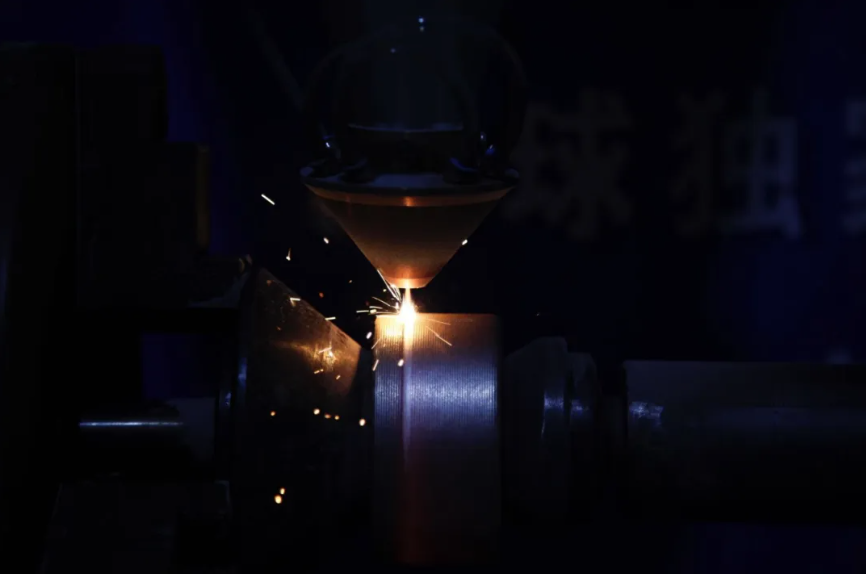Understanding Laser Power Density and Energy Density
Power and energy density are two important concepts to understand when dealing with laser optics. These two terms are often used interchangeably but have different meanings
In most scientific disciplines, including chemical and electrical engineering, "power density" and "energy density" usually describe three-dimensional volumes. However, in the optical sciences, these terms are usually used to describe two-dimensional regions unless they are described as "volumes". Power density, energy density, fluence, and irradiance are often used interchangeably in the optical industry, which can be completely inaccurate, especially when it is not clear whether the metric is a 2D or 3D value. This is particularly important for laser cutting and welding applications, where the depth of laser penetration must be considered, rather than simply touching a surface. Volume values are often more applicable in these situations and are an important distinction that must be understood to avoid miscommunication.
Most laser beams have a Gaussian beam profile so that irradiance and fluence are highest on the optical axis of the laser and decrease with increasing deviation from the optical axis. Other lasers have a flat-top beam profile, which, unlike a Gaussian beam, has a constant irradiance profile across the cross-section of the laser beam and a rapid decrease in intensity. Therefore, flat-top lasers do not have peak irradiance. The peak power of a Gaussian beam is twice as high as that of a flat-top beam with the same average power (Figure 1).
Hot spots or localized fluctuations in irradiance in a laser beam usually skew its Gaussian distribution. Hot spots do not affect peak irradiance unless the hot spot power exceeds the power on the optical axis, but hot spots distort all the various power and energy density metrics. Power density and energy density are volumetric quantities, so laser cutting results may be less accurate and may be off-center. In micromachining applications, users will not be able to identify problems by simply measuring irradiance or fluence. Instead, the beam profile needs to be carefully monitored. As shown in Figure 2, a Gaussian distribution resembles a bell curve, where the peak irradiance is in the center and the irradiance falls off uniformly on both sides. The introduction of hot spots can skew this distribution.
Continuous wave (CW) lasers require the correct terminology to accurately describe their performance. By definition, they do not have pulses and therefore peak irradiance cannot be applied. Line density is the appropriate term to use for CW lasers with uniform beam intensity, and is often used to determine LIDT by dividing the average power by the beam diameter. for quasi-continuous wave lasers, i.e., ultrafast pulsed lasers with repetition frequencies higher than 50 KHz, peak irradiance can be significantly higher than that of a normal pulsed laser with an equivalent average power. This is due to the fact that the equivalent average power is condensed into incredibly short pulse durations. The peak irradiance of quasi-continuous lasers is much higher than that of continuous lasers, even though they have the same injection volume.






Comments
Post a Comment